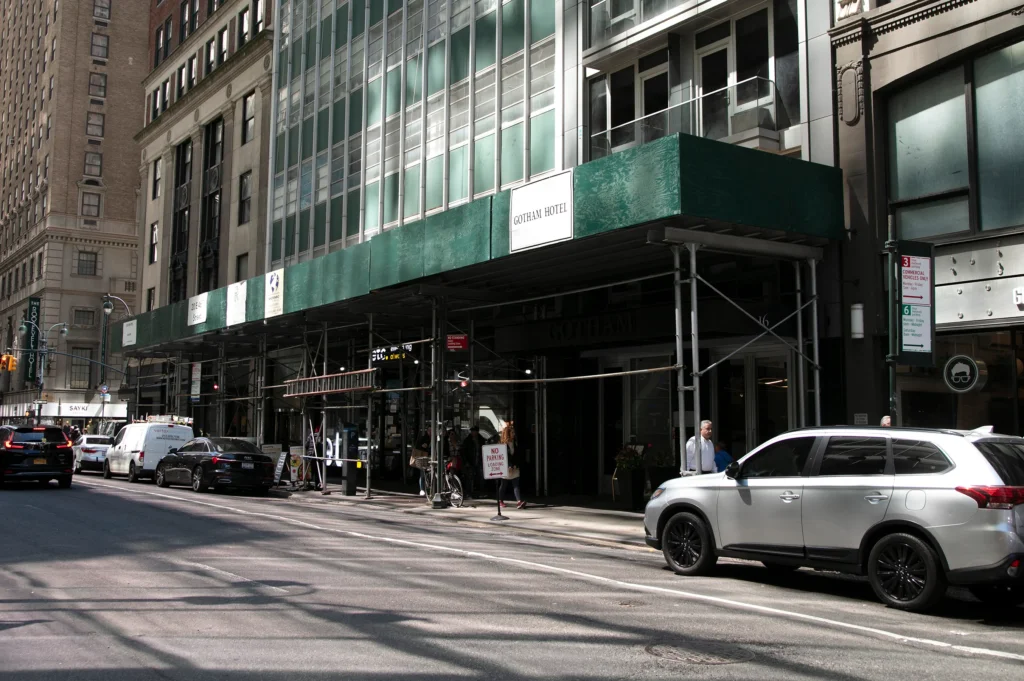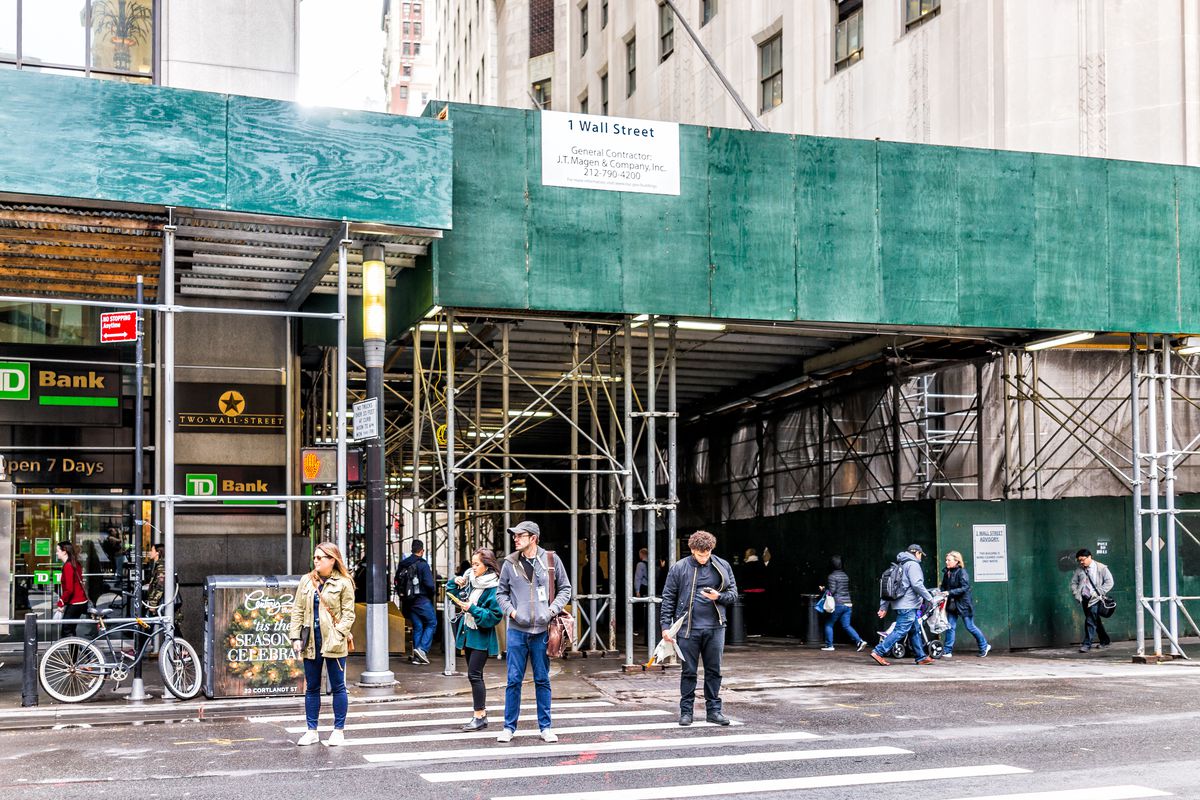In bustling urban environments, the sight of sidewalk sheds, also known as scaffolding or construction canopies, Sidewalk Sheds has become a ubiquitous part of the landscape. These temporary structures serve a crucial purpose in ensuring public safety, particularly in areas where construction or renovation work is underway. From protecting pedestrians from falling debris to shielding them from inclement weather, sidewalk scaffolding rental sheds play a vital role in maintaining the integrity of city streets while facilitating ongoing construction activities.
In this article, nyc sidewalk sheds we delve into the importance of in urban settings, exploring their functions, regulations, and impact on the community.
Safety and Protection
One of the primary functions of sidewalk sheds is to ensure the safety of pedestrians and nearby structures during construction or renovation projects. These structures act as a barrier, nyc preventing debris and sidewalk sheds nyc other materials from falling onto the sidewalk or road below. In densely populated areas where foot traffic is high, such protection is essential for preventing accidents and injuries.
Additionally, sidewalk sheds shield pedestrians from potential hazards such as loose scaffolding components or tools that may accidentally fall from elevated work areas. By providing a secure enclosure around the construction site, these structures minimize the risk of harm to both pedestrians and workers.
Weather Protection
Aside from safeguarding against falling objects, sidewalk sheds also offer protection from adverse weather conditions. Whether it’s rain, snow, or extreme heat, pedestrians can take shelter under these structures while navigating through construction zones. This feature is especially valuable in cities with unpredictable weather patterns, where sudden storms or temperature fluctuations can pose challenges for pedestrians.

Moreover, sidewalk sheds nyc by shielding construction materials and equipment from the elements, help maintain the integrity of ongoing projects. Exposure to rain or snow can damage building materials and prolong construction timelines, making weather protection a crucial aspect of sidewalk shed design.
Compliance with Regulations Sidewalk Sheds
In many urban areas, Sidewalk Sheds local regulations mandate the use of during construction or renovation projects. These regulations are designed to ensure public safety and nyc minimize disruptions caused by construction activities. Requirements for may vary depending on factors such as the size and scope of the project, the location of the construction site, nyc and the duration of the work.
Common regulations governing sidewalk sheds include specifications for their design, installation, and maintenance. For example, the structure must be sturdy enough to withstand wind and other environmental factors, nyc sidewalk sheds and it must be regularly inspected to ensure compliance with safety standards. Additionally, permits may be required for the erection of sidewalk sheds, and failure to adhere to these regulations can result in fines or other penalties for the parties involved.
Community Impact
While sidewalk sheds serve a practical purpose in ensuring public safety, they also have an impact on the surrounding community. For residents and businesses located near construction sites, these structures can be both a convenience and a nuisance. On one hand, sidewalk sheds provide a safe pathway for pedestrians, allowing them to access local businesses and amenities without disruption. On the other hand, the presence of construction scaffolding can obstruct views, reduce natural light, and detract from the aesthetic appeal of the neighborhood.
To mitigate these effects, efforts can be made to enhance the design of and minimize their impact on the surrounding environment. This may include incorporating features such as transparent panels to allow natural light to penetrate the space, or integrating greenery to improve the visual appeal of the structure. Additionally, regular maintenance and cleaning of sidewalk sheds can help ensure that they remain an asset to the community rather than a source of frustration.
Future Trends and Innovations
As urban environments continue to evolve, so too will the design and functionality of sidewalk sheds. Innovations in materials, construction techniques, and sustainability practices are shaping the future of these structures, making them more efficient, environmentally friendly, and aesthetically pleasing.
For example, advancements in lightweight materials such as aluminum and fiberglass are making sidewalk sheds easier to install and transport, while also improving their durability and weather resistance. Similarly, the integration of solar panels and other renewable energy sources into sidewalk shed design is reducing their environmental footprint and contributing to the sustainability of construction projects.
Furthermore, sidewalk sheds nyc emerging technologies such as augmented reality (AR) and building information modeling (BIM) are revolutionizing the way are designed and deployed. These tools enable architects and engineers to create virtual models of construction sites, allowing for more accurate planning and visualization of sidewalk shed layouts.
Conslusion
In conclusion, Sidewalk Sheds play a vital role in ensuring public safety and facilitating construction activities in urban environments. By providing protection from falling debris and adverse weather conditions, these structures contribute to the smooth functioning of city streets while minimizing disruptions to pedestrian traffic. Through compliance with regulations and consideration for community impact, sidewalk sheds by Scaffolding Shed can serve as valuable assets to both construction projects and the surrounding neighborhoods. As technology and innovation continue to drive advancements in sidewalk shed design, we can expect these structures to become even more efficient, sustainable, and integrated into the urban landscape of the future.
